Malabulak Tree
- October 25, 2024
- 0 comment
The Malabulak Tree (Bombax ceiba) is a towering tropical tree known for its striking red flowers and vital role in ecosystems.
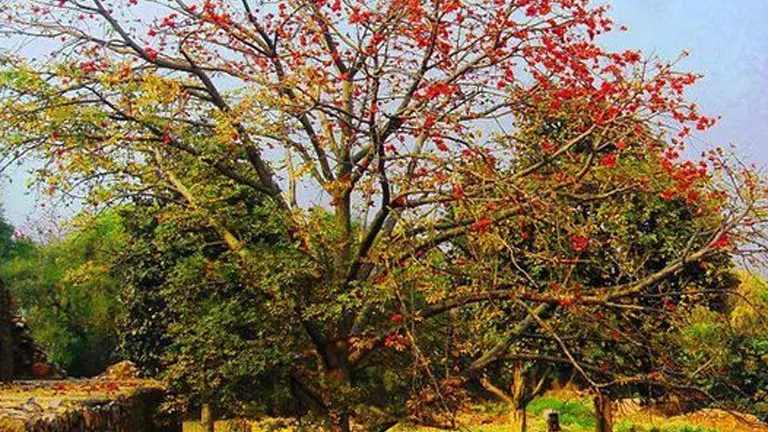
Found in tropical and subtropical regions, it contributes to soil health, supports wildlife, and helps prevent erosion. This post explores the Malabulak Tree’s key characteristics, habitat, ecological significance, and practical tips for growing and caring for this important species.
A Brief History of the Malabulak Tree
The Malabulak tree has been revered in Southeast Asian cultures for centuries. It has historical significance in indigenous communities, particularly in the Philippines, where it has been used in traditional medicine, construction, and ceremonies. The tree’s presence is also noted in ancient literature and folklore, often symbolizing strength, protection, and beauty.
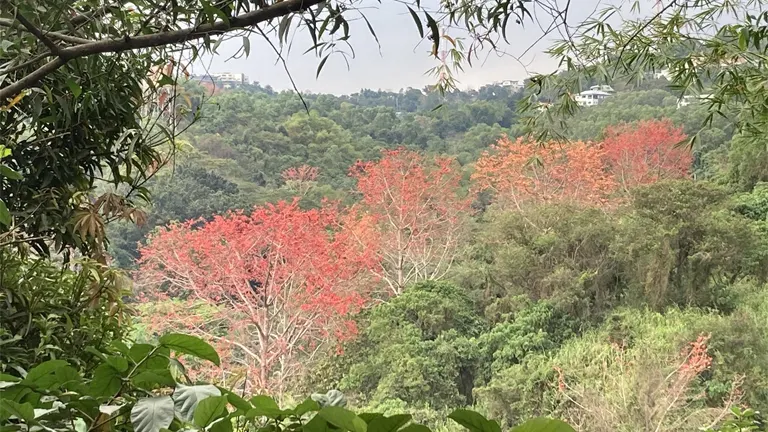
In many regions, the Malabulak tree has been valued not only for its towering presence but also for the soft, cotton-like fibers produced from its seed pods. These fibers, called kapok, were historically used in making pillows, mattresses, and other cushion materials. The tree’s majestic appearance and vital contributions to the environment have earned it a place in both cultural stories and economic activities across generations.
| Specification | Details |
|---|---|
| Scientific Name | Bombax ceiba |
| Common Names | Malabulak Tree, Kapok Tree, Cotton Tree |
| Family | Malvaceae (previously classified under Bombacaceae) |
| Native Range | Southeast Asia, South Asia, parts of China, and the Philippines |
| Tree Height | 20 to 30 meters |
| Bark | Greyish-brown, rough with vertical fissures |
| Leaves | Large, palmately compound; each leaflet 10-20 cm long |
| Flowers | Bright red, 5-petaled; bloom in early spring |
| Fruit | Capsule-like, containing fluffy, cotton-like fibers (kapok) |
| Seed Dispersal | Wind and waterborne, using its lightweight fibers for wide distribution |
| Preferred Climate | Tropical and subtropical regions |
| Soil Type | Well-drained, prefers loamy or sandy soils |
| Ecological Role | Prevents soil erosion, provides habitat for birds and insects |
| Traditional Uses | Timber, medicine, kapok fibers for cushions and insulation |
| Conservation Status | Not endangered but facing habitat loss due to deforestation and urbanization |
| Flowering Period | Early spring, before the leaves fully develop |
| Root System | Deep, extensive roots that help in stabilizing soil and preventing erosion |
What Is a Malabulak Tree?
The Malabulak Tree belongs to the family Malvaceae and is scientifically known as Bombax ceiba. It is commonly called the red silk-cotton tree due to the cotton-like fibers found within its seed pods. This tropical deciduous tree is revered for its spectacular display of red or orange flowers that bloom before its leaves grow back in the spring.
Main Characteristics
- Leaves: The tree has palmate leaves, meaning that the leaflets spread out like the fingers of a hand. Each compound leaf typically has 5 to 7 leaflets.
- Bark: The trunk is covered in a greyish, sometimes thorny bark, which helps protect the tree from herbivores.
- Flowers: Its large, cup-shaped flowers are brilliant red, orange, or sometimes yellow, blooming in clusters that make the tree stand out in its natural habitat.
- Height: The Malabulak Tree can grow up to 30 meters tall, with a wide, spreading crown.
Interesting Facts
- The Malabulak Tree is known for its role in improving soil fertility by shedding leaves that decompose and enrich the soil.
- It can live for several decades, making it a long-lasting and resilient species in the regions it inhabits.
- The cotton-like fibers from the seed pods were historically used to stuff pillows and mattresses.
Malabulak Tree Species
While Bombax ceiba is the most well-known species of the Malabulak Tree, several other species belong to the Bombax genus, which share similar traits but differ in some aspects.
- Bombax insigne: This species, native to Southeast Asia, has slightly smaller flowers and a shorter stature than Bombax ceiba. It thrives in moist, lowland forests.
- Bombax malabaricum: Known for its large red flowers, this species is commonly found in the Indian subcontinent and has similar ecological roles to Bombax ceiba, though it is adapted to more arid conditions.
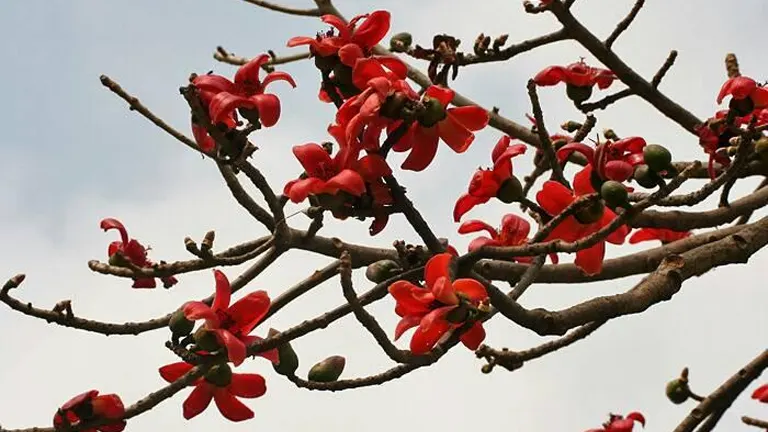
Differences Among Species
- Size and Height: While Bombax ceiba can grow to towering heights, other species, such as Bombax insigne, tend to be shorter.
- Flower Color: Although red is the dominant flower color across species, some varieties produce yellow or orange blooms.
- Habitat Preferences: Species like Bombax malabaricum are more tolerant of drier climates compared to the tropical Bombax ceiba.
Each of these species plays a crucial role in their native ecosystems, providing shelter and food for wildlife.
Where Do Malabulak Trees Grow?
The Malabulak Tree is primarily found in tropical and subtropical regions. Its natural range extends from India, across Southeast Asia, to China and parts of the Philippines. It thrives in well-drained, moist soils and is typically found in forests, along riverbanks, and in open woodlands.
- Climate Adaptations: Malabulak Trees are well-adapted to warm climates with distinct wet and dry seasons. During the dry season, the tree sheds its leaves, conserving water until the rains return. It flourishes in areas that receive abundant sunlight, and its deep roots allow it to access water from below the surface, making it somewhat drought-resistant.
- Ecological Role: In its native environment, the Malabulak Tree contributes to soil stabilization, particularly along riverbanks and hillsides, where its root system helps prevent erosion. Additionally, it provides habitat and food for a variety of animals, including birds, insects, and small mammals.
How to Grow and Care for Malabulak Tree
Growing a Malabulak Tree in a home garden or urban area can be rewarding due to its beauty and ecological benefits. Here’s a guide to planting and maintaining this tree:

Ideal Conditions for Growth
- Soil: The tree prefers well-drained soils that are rich in organic matter. Sandy loam or loamy soils are ideal.
- Sunlight: Full sun is essential for healthy growth, as the tree thrives in open spaces with minimal shade.
- Water: While young trees need regular watering, mature Malabulak Trees are relatively drought-tolerant once established.
Propagation
The Malabulak Tree can be propagated from seeds or cuttings. If using seeds, collect them from mature pods, dry them, and plant them in well-prepared soil. They usually germinate within a few weeks in warm conditions.
Tree Care
- Pruning: Regular pruning helps maintain the tree’s shape and encourages healthy growth. Remove dead or damaged branches during the dry season.
- Pest Control: Malabulak Trees are generally hardy, but they can be susceptible to pests such as caterpillars or fungal diseases. Treat affected areas promptly with organic or chemical treatments.
Ecological Benefits of Malabulak Tree
The Malabulak Tree plays a pivotal role in its ecosystem. By shedding its nutrient-rich leaves, it helps improve soil quality. Its deep roots also enhance water retention in the soil, making it an important tree for regions prone to drought or erosion.
Malabulak Tree Flowering and Pollination
Malabulak Trees are famous for their vibrant blooms, which typically appear during the dry season when the tree has shed its leaves. The flowers are large and cup-shaped, often bright red, orange, or occasionally yellow.
- Supporting Local Biodiversity: The tree provides shelter and food to a wide array of animals. Birds, particularly nectar-feeding species, are attracted to its flowers, while its seed pods provide sustenance for small mammals. Insects, especially bees and butterflies, rely on the tree for pollination, further contributing to biodiversity in the area.
- Pollination: The flowers of the Malabulak Tree attract a variety of pollinators, including bees, butterflies, and birds. The large, showy blooms are adapted for cross-pollination, which occurs when pollinators move from flower to flower, transferring pollen and ensuring genetic diversity in the species.
Is the Malabulak Tree Drought-Tolerant?
Yes, the Malabulak Tree exhibits a high degree of drought tolerance. This is largely due to its ability to drop its leaves during dry periods, conserving water until conditions improve. The tree’s deep root system allows it to access underground water sources, making it more resilient in arid environments.
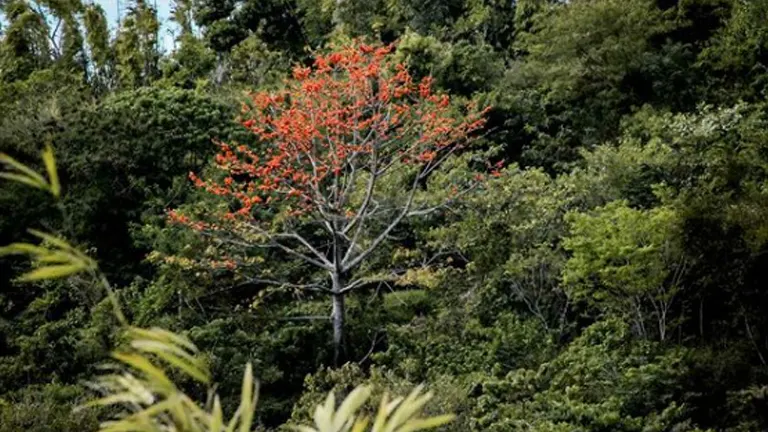
For those looking to grow the tree in drier regions, it is important to provide adequate water during its early years, but once established, it can survive with minimal irrigation.
Malabulak Tree and Wildlife Interactions
The Malabulak Tree is a vital part of its ecosystem, supporting various wildlife species. Its flowers are an important food source for nectar-feeding birds and insects, while its canopy provides shade and shelter for a variety of creatures.
- Symbiotic Relationships: Certain animals, like fruit bats, play a role in dispersing the Malabulak’s seeds, while insects, especially bees, help in pollination. These interactions make the Malabulak Tree a key player in maintaining healthy ecosystems.
The 3 Different Types Species and Varieties of Malabulak Tree
Bombax Ceiba
The primary species, renowned for its red flowers and towering presence.
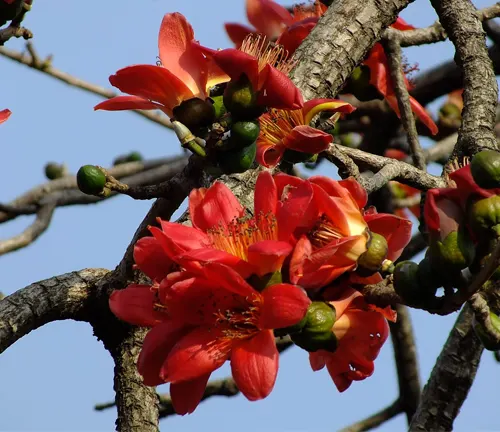
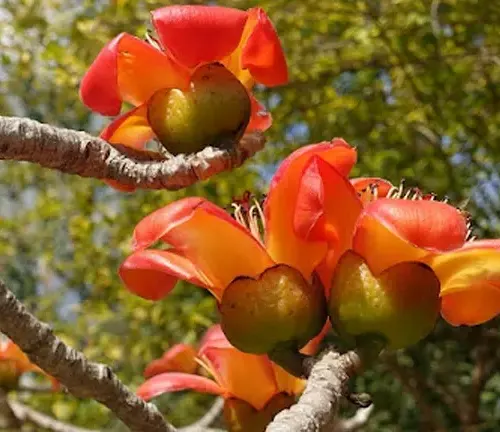
Bombax Malabaricum
Found in India and other parts of Asia, with slightly smaller flowers.
Bombax Costatum
Found in West Africa, it has unique flowers and is less widely known outside its native region.
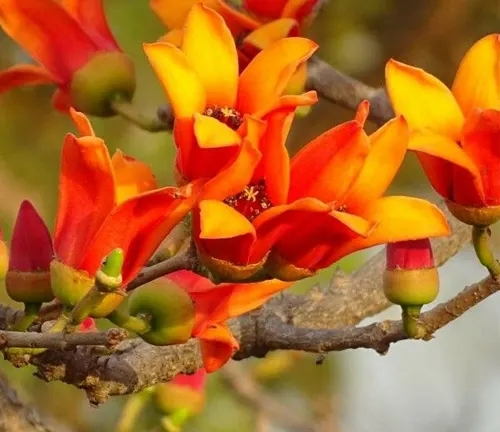
Health Benefits of the Malabulak Tree
The Malabulak tree offers several health benefits through its use in traditional medicine:
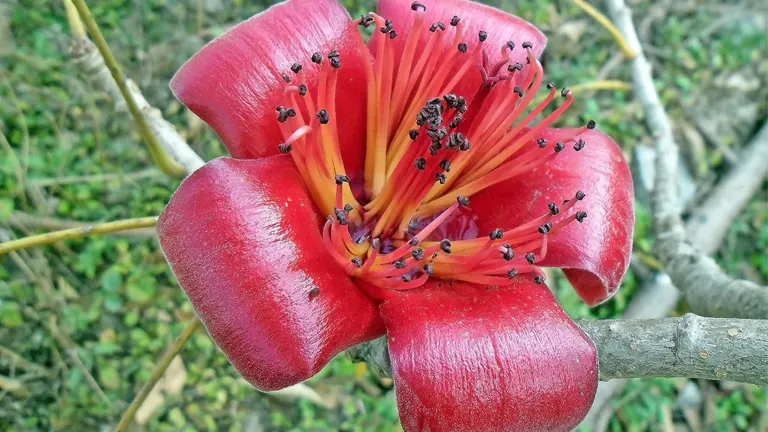
- Wound Healing: The bark and leaves are used in poultices to speed up the healing of cuts and wounds.
- Anti-inflammatory Properties: The tree’s flowers are used to reduce inflammation and treat respiratory issues.
- Digestive Health: Herbal infusions made from the flowers are believed to aid in digestion and soothe stomach ailments.
Frequently Asked Question (FAQs)
- What is the Malabulak tree commonly used for?
The Malabulak tree is commonly used for its kapok fibers, which are utilized in making pillows, mattresses, and insulation. It is also used for timber, traditional medicine, and in ceremonial practices. - How does the Malabulak tree help in ecosystem conservation?
The Malabulak tree helps prevent soil erosion, provides habitat for wildlife, and supports pollinators like bees and birds, making it vital to coastal and riverbank ecosystems. - What are the health benefits of the Malabulak tree?
The Malabulak tree offers health benefits such as wound healing, anti-inflammatory properties, and digestive health support through the use of its bark, flowers, and leaves in traditional medicine. - Are there different species of the Malabulak tree?
Yes, there are several species of the Malabulak tree, including Bombax ceiba, Bombax malabaricum, and Bombax costatum. - What makes the Malabulak tree aesthetically beautiful?
The Malabulak tree is aesthetically admired for its vibrant red flowers, towering size, and seasonal transformation, making it a stunning addition to landscapes. - Is the Malabulak tree endangered?
While not critically endangered, the Malabulak tree faces threats from deforestation and urbanization, prompting conservation efforts to protect it from further decline.



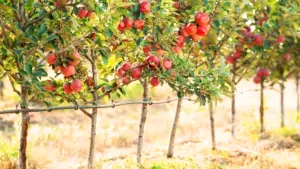
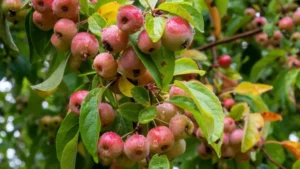

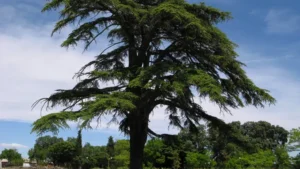

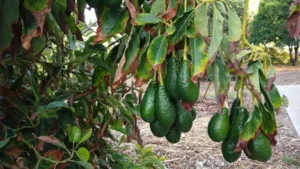



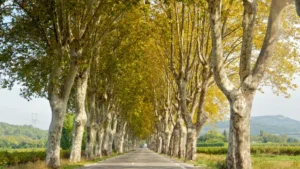

Leave your comment